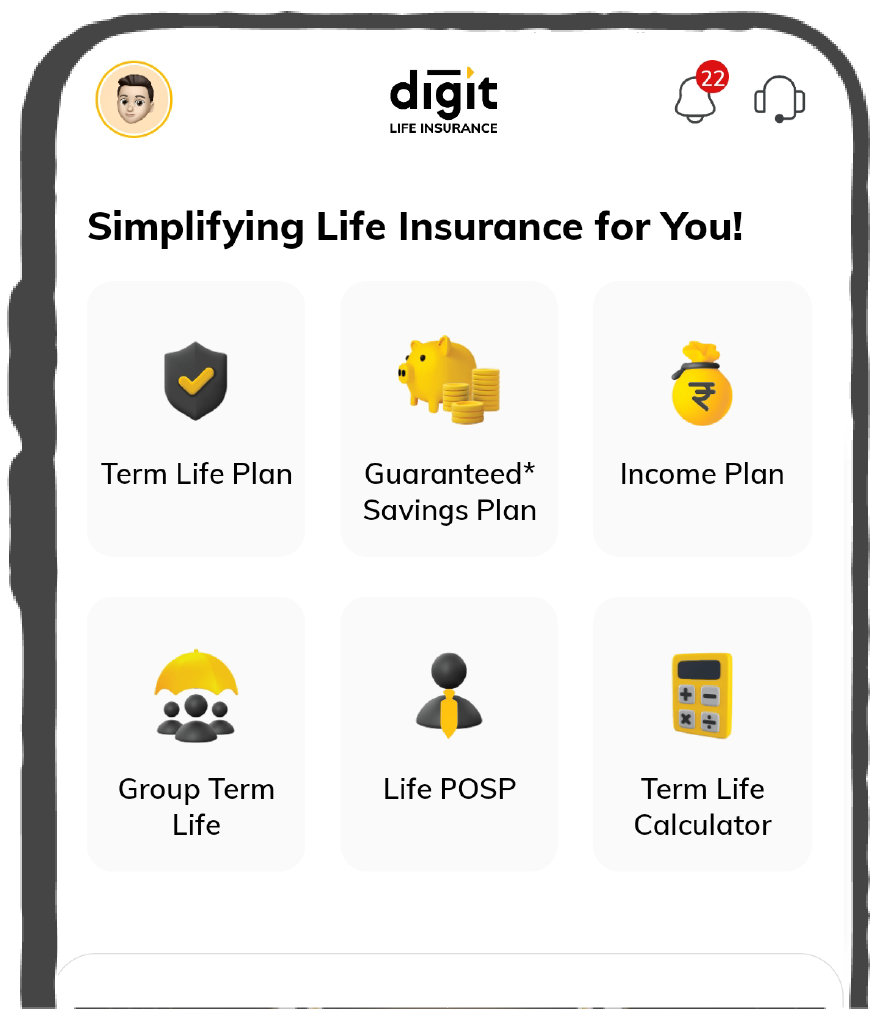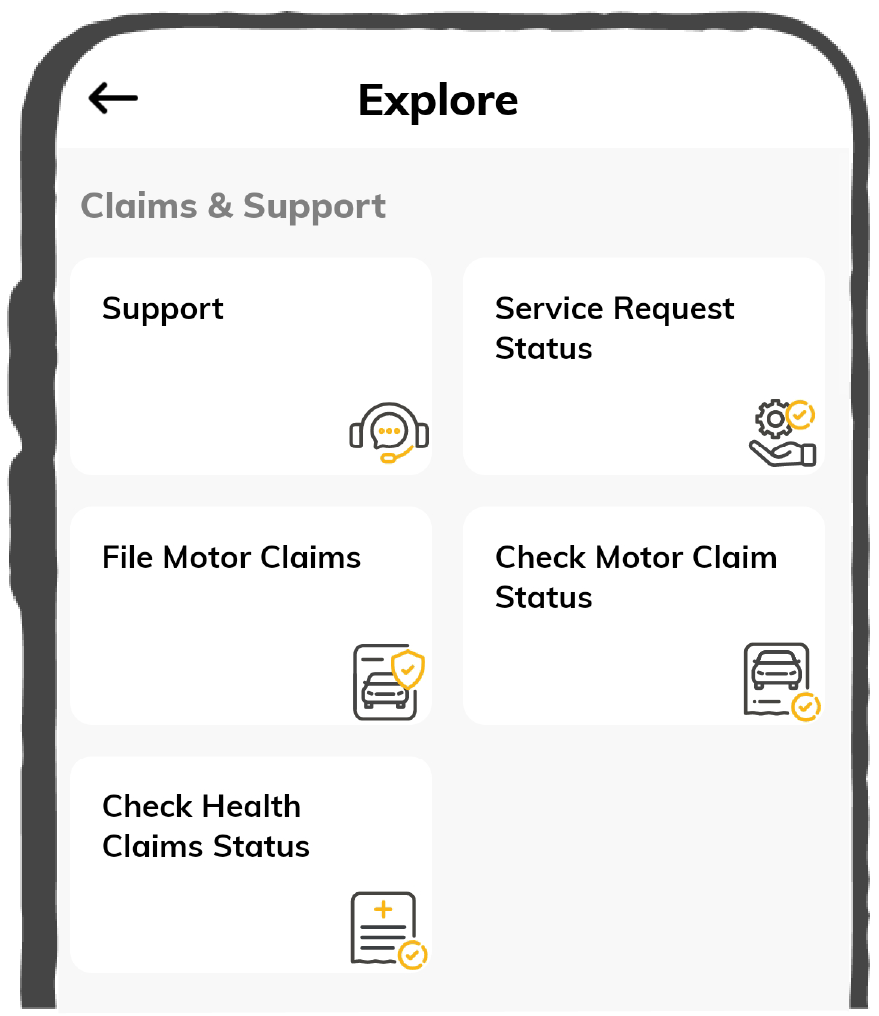Quick Claim Process

Affordable Premium

Accessibility Options

General

General Products
Simple & Transparent! Policies that match all your insurance needs.


37K+ Reviews
7K+ Reviews
Scan to download

Life

Life Products
Digit Life is here! To help you save & secure your loved ones' future in the most simplified way.


37K+ Reviews
7K+ Reviews
Scan to download

Claims
Claims
We'll be there! Whenever and however you'll need us.


37K+ Reviews
7K+ Reviews
Scan to download

Resources
Resources
All the more reasons to feel the Digit simplicity in your life!
 Tools & Calculators
Tools & Calculators


37K+ Reviews
7K+ Reviews
Scan to download

37K+ Reviews
7K+ Reviews
Select Preferred Language
Our WhatsApp number cannot be used for calls. This is a chat only number.

Enter your Mobile Number to get Download Link on WhatsApp.
You can also Scan this QR Code and Download the App.
Quick Claim Process

Affordable Premium


Funds are necessary to run a business or company successfully. The requirement increases in the case of large companies. These organisations can raise funds either by taking debt route or equity medium. In the latter case, companies sell their shares either by IPO or FPO.
Companies who are assured of their future performance and are willing to raise capital must know the difference between IPO and FPO. The piece discusses IPO vs FPO. Read along!
Refer to the table mentioned below to learn the difference between IPO and FPO.
|
Parameters |
IPO |
FPO |
|
Meaning |
IPO or Initial Public Offer refers to a process when a company ‘goes public’, offers its shares to them for the first time and is all set to get a listing on the stock exchange, i.e., NSE or BSE (or both) |
FPO or Follow-on Public Offer refers to a process where a publicly listed company issues shares (at a large) publicly to investors |
|
Objective |
To raise capital through public investment |
To inflow subsequent public investment |
|
Issuer |
Unlisted company |
Listed company |
|
Price |
Fixed or variable price range |
The price depends on the number of shares as they increase or decrease and is market-led |
|
Share Capital |
Increases as that company issue fresh capital to the public for listing |
In the case of Dilutive Offering number of shares increases. On the other hand, the number of shares remains intact in Non-dilutive Offering |
|
Value |
Expensive |
Cheaper in the majority of cases as the value of a company gets diluted further |
|
Predictability |
Less predictable |
More predictable |
|
Profitability |
Highly profitable than FPO |
Less profitable than IPO |
The table clearly answers the question of what is the difference between IPO and FPO.
Thus, with a clear idea of the debate of IPO vs FPO, investors choose the right investment option after evaluating their risk-taking ability and goals and can make an informed decision.
IPO is riskier than FPO, and this difference in risk level affect investors massively. In the case of IPO, investors have nil idea about the future of the company. On the other hand, in the case of FPO, investors know that the company is listed on the stock exchange; hence analyse past performance and make assumptions regarding the future growth of that company. Investors with a high-risk appetite can opt for IPO, and investors with a low-risk appetite or new investors can go for FPO.
IPO is riskier than FPO, and this difference in risk level affect investors massively. In the case of IPO, investors have nil idea about the future of the company. On the other hand, in the case of FPO, investors know that the company is listed on the stock exchange; hence analyse past performance and make assumptions regarding the future growth of that company. Investors with a high-risk appetite can opt for IPO, and investors with a low-risk appetite or new investors can go for FPO.
No, a stable track record is only available in Follow-on Public Offer.
No, a stable track record is only available in Follow-on Public Offer.